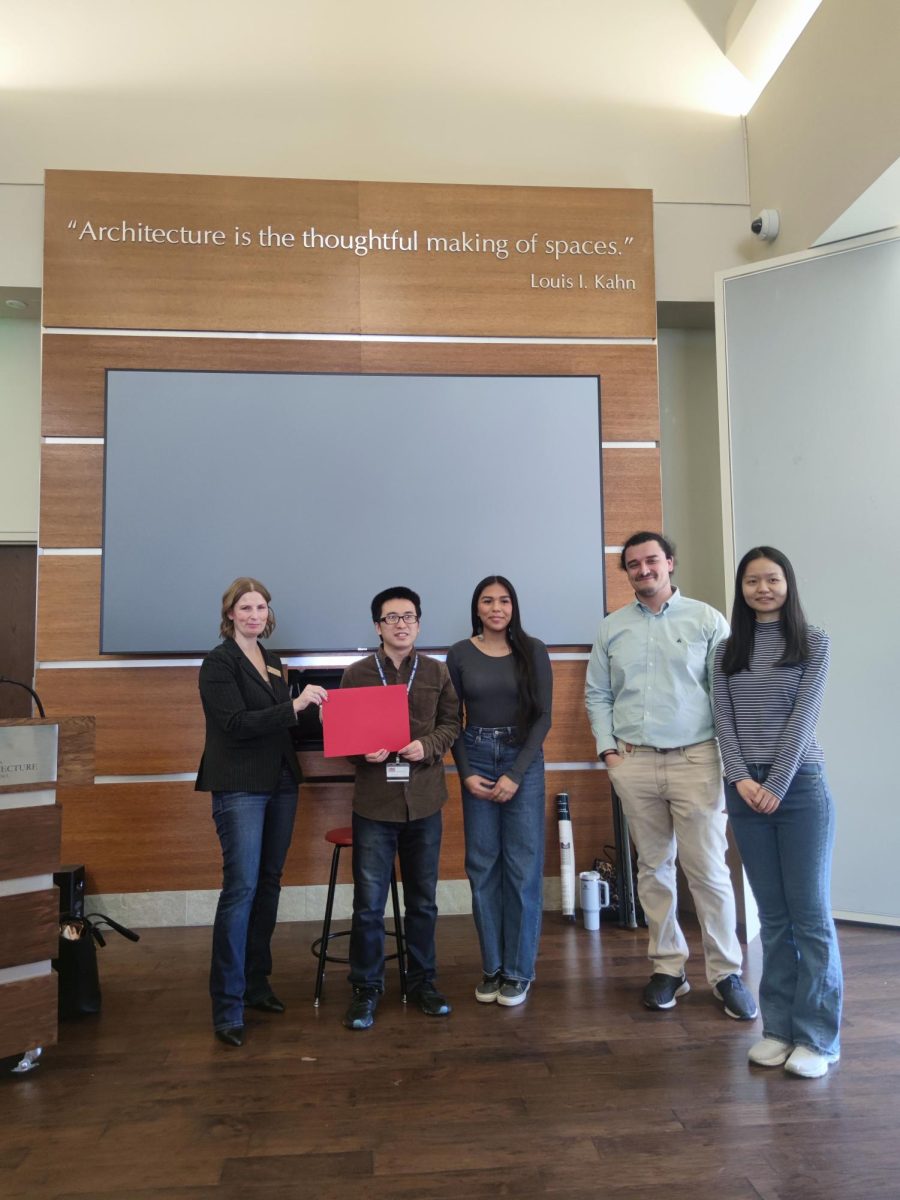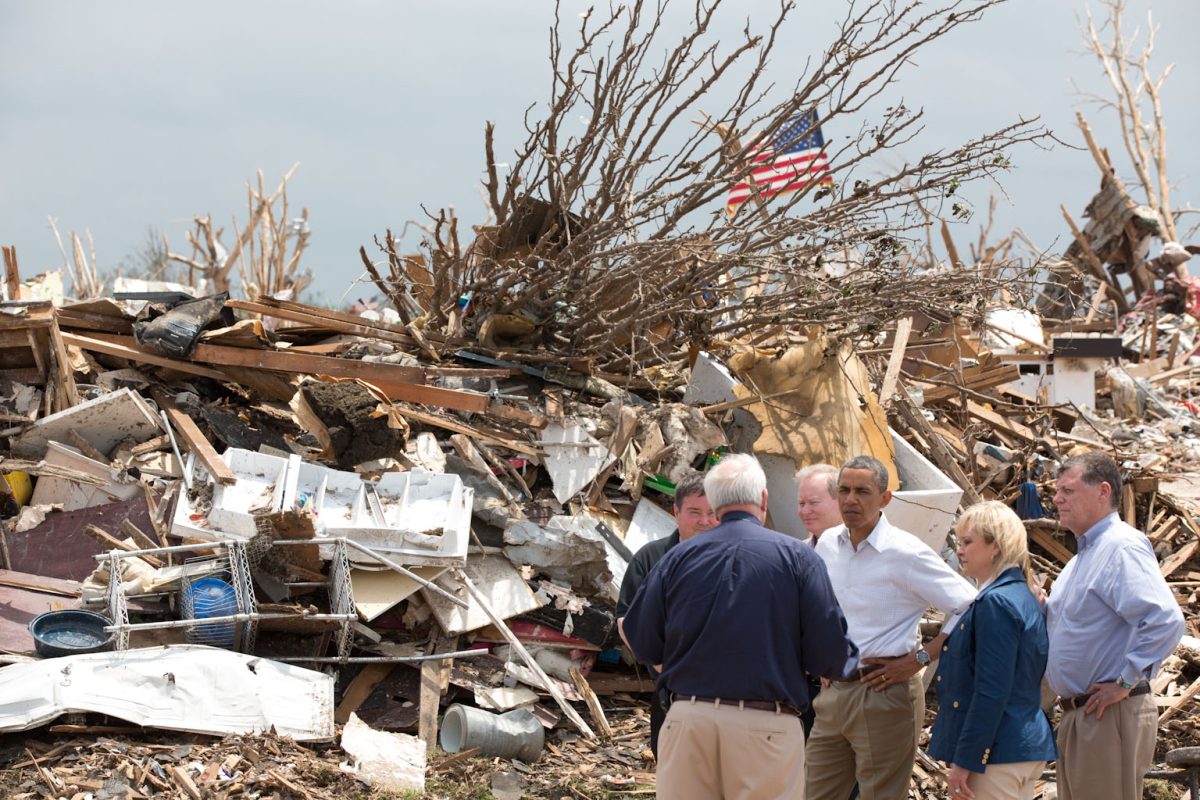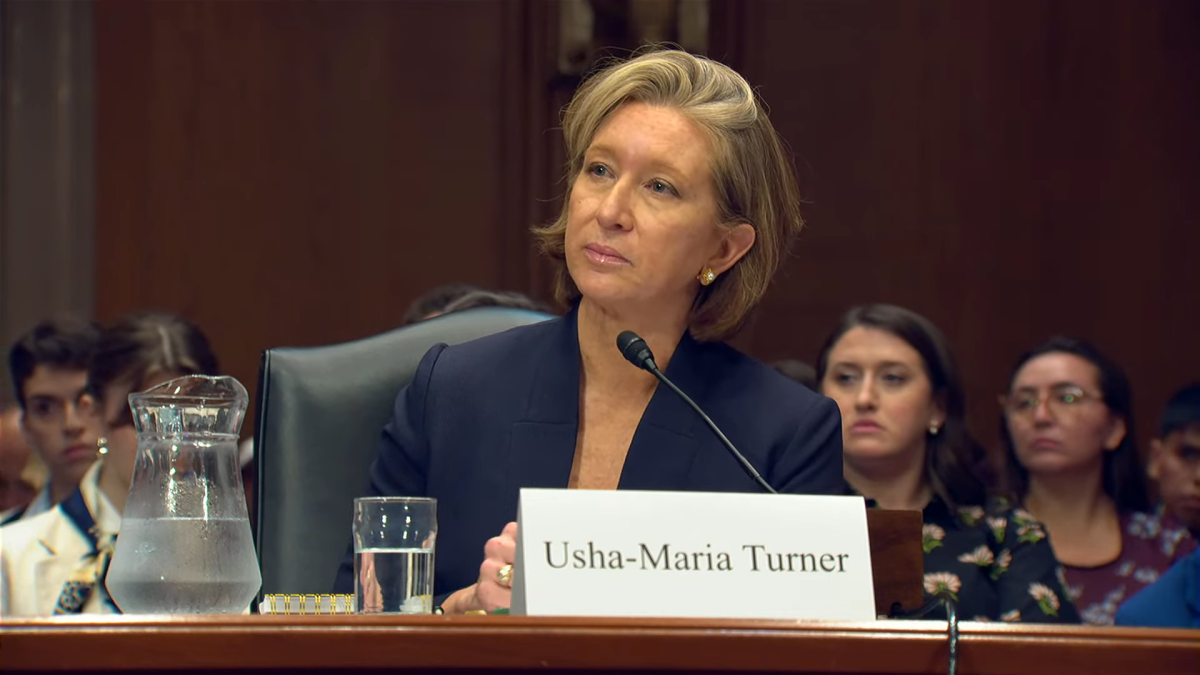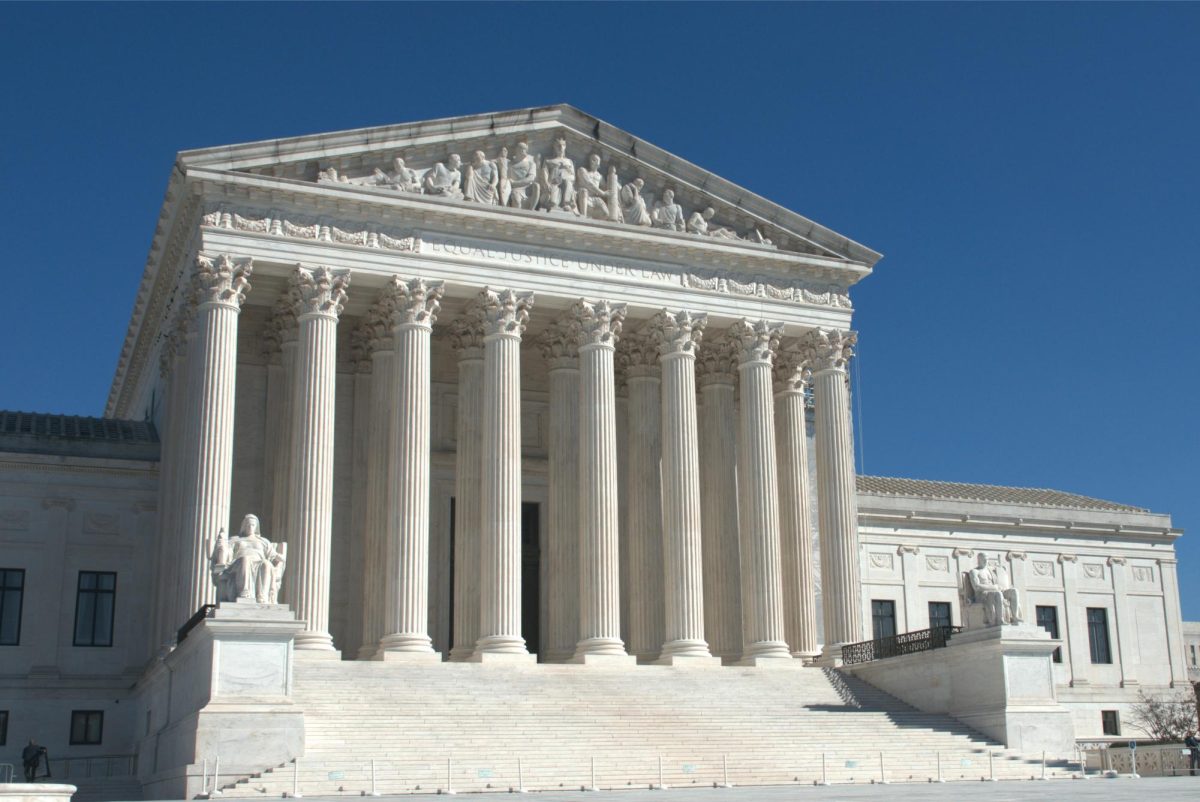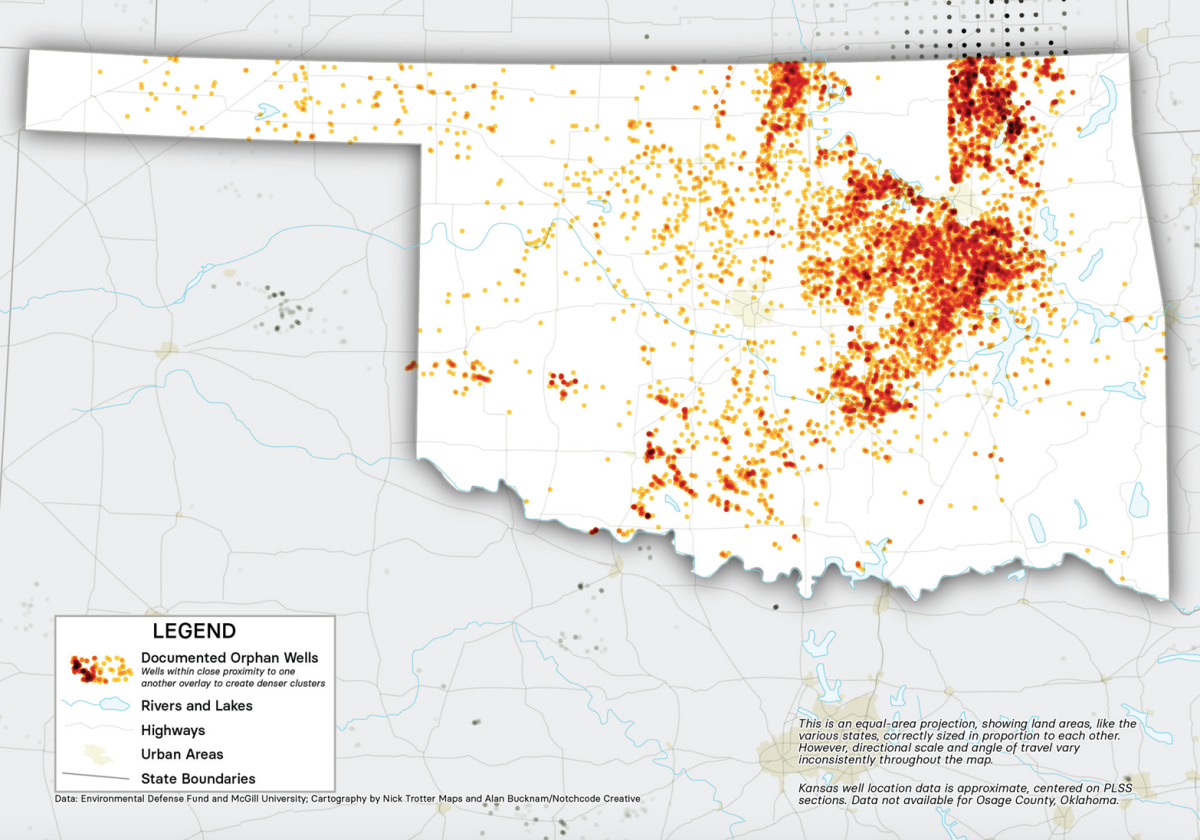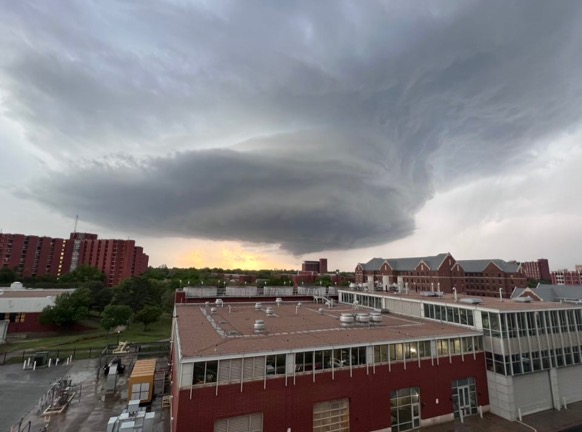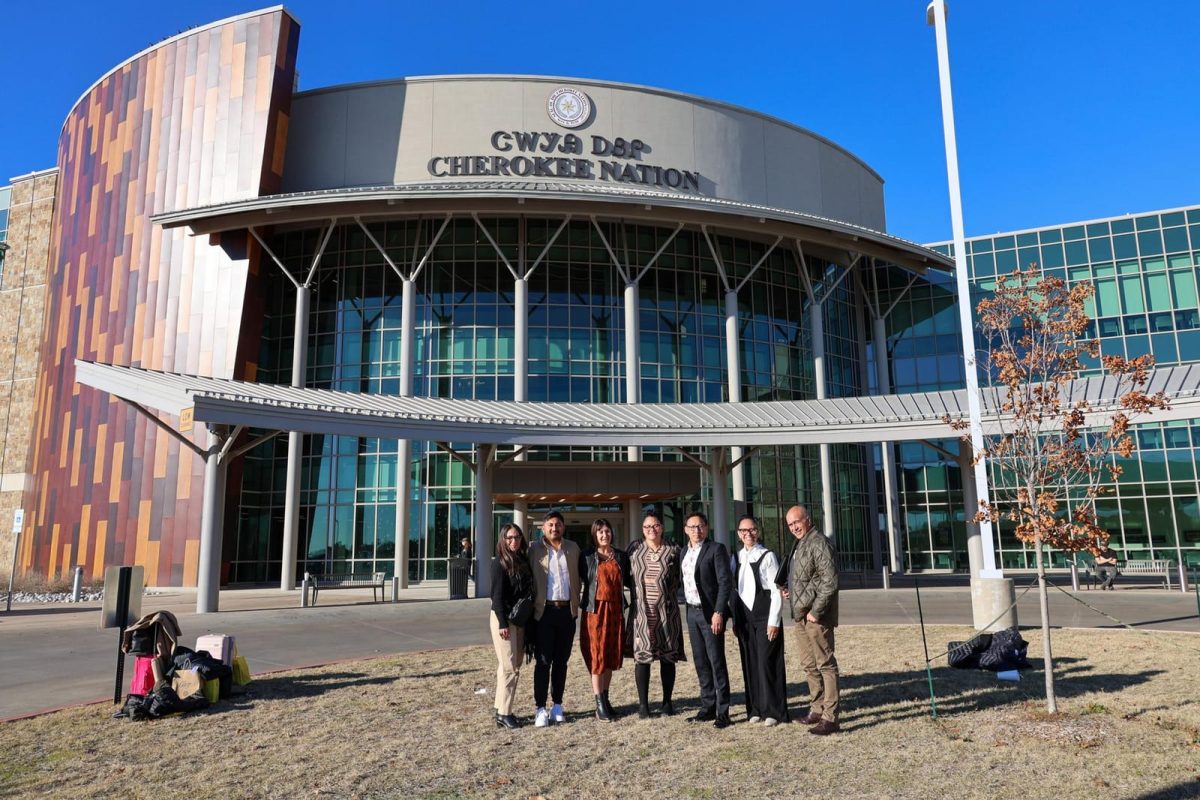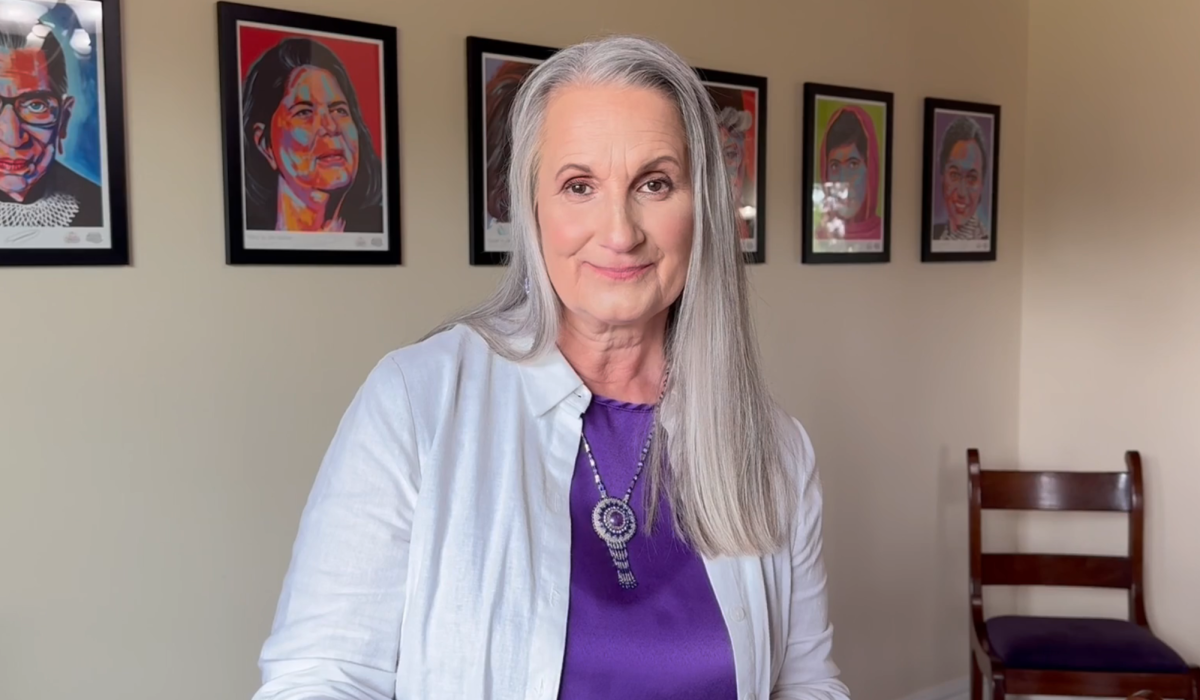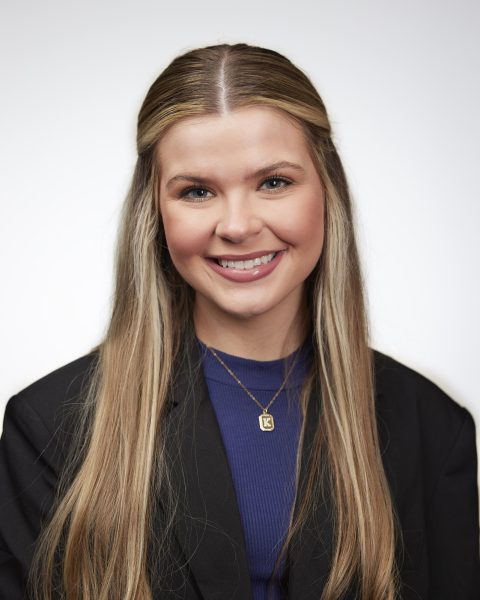NORMAN, Okla. – A recent study by University of Oklahoma researchers concludes that climate change is likely to intensify hazard risk and social injustice for Native Americans, who make up the most vulnerable community in Oklahoma based on socioeconomic status, household composition, disability, minority status and language, housing and transportation.
Theresa Tsoodle of Anadarko, an OU research associate and traditional knowledge keeper for Indigenous scientists, said it is hard to withstand extreme rainfall events if the land’s surface area has been so altered from mining or drained for farming that the soil is poor.
Research scientists found that Native Americans fear construction of a cobalt/nickel refinery by Bartlesville-based startup Westwin Elements Inc. will lead to just that. Development of the pilot plant began last August in an industrial park on Lawton’s west side despite opposition from the Kiowa, Comanche and Apache tribes.
Tsoodle said while the Native people have said they do not want this mining on their ancestral land, the response of Lawton civic leaders has been to call any opposition selfish.
“If your community is damaged, and then it has to sustain the effects of climate change as well, we’re in for it,” Tsoodle said.
The researchers’ work began when Tsoodle approached Yang Hong, a professor at OU’s School of Civil Engineering and Environmental Science, about using modeling and remote sensing in Native communities to see the connection to Indigenous science, or the application of Indigenous wisdom to today’s scientific issues, and its transformation when the communities were relocated to Oklahoma.
The researchers hosted meetings to learn oral histories and Indigenous traditional knowledge of lands and flooding. The study examined heavy rainfall, two-year floods and flash floods and the risk they pose to Native communities compared to the general population.
They worked particularly with the Otoe-Missouria Tribe in Red Rock where they connected with James LeClair, emergency management safety coordinator for the tribe, who looked into mitigating flooding and possible funding and found that more research needed to be done.
The researchers and LeClair’s partnership has become more than academic research.
“I was really pleased with the partnership,” Hong said. “It’s beyond research partners; it’s more like friends and families.”
According to the study, heavy rainfall is projected to increase by 81.4% in Oklahoma by the end of this century.
It also concludes for Native communities, the median increases in heavy rainfall risks (501.1%), which researchers formulated as a product of hazards, exposures and vulnerabilities, are 68.0% higher than the general Oklahoma population (298.2%).
“When we get a high storm here anymore, the flooding is extreme; it’s not like it used to be where rain would fall for three or four days lightly, and the ground would be able to soak it up; now, it’s heavy, fast and furious,” LeClair said.
Building something to redirect the streams is not plausible for Native peoples.
“That’s not an option for the Indigenous communities because the area is sacred,” OU research scientist Mengye Chen said. “They want to protect it instead of change it.”
Although the researchers hope to conduct a future study for further solutions, the study states they do not yet propose such solutions as each tribal nation is distinct.
As for additional social injustice issues Indigenous communities face, Tsoodle said terrible things happened to Native communities when black gold was discovered. Abandoned oil wells were left behind, along with land that was raided for natural resources.
“They just pack up and go, the people that do this, the industrialists, the corporations,” Tsoodle said. “Then we’re (Native communities) left with the debris and what’s left behind, the damaged goods, and no help trying to restore that or the quality of our water that will be permanently affected.”
The study also states that when comparing climate and demographic changes, population growth leaders to greater climate hazard risks than does climate change. Citizens of emerging tribal nations will face great exposure to climate extremes along with population growth, according to the study.
Assistant Environmental Director for the Citizen Potawatomi Nation Micah Isaacs’ department is generally funded by the U.S. Environmental Protection Agency. The department performs water quality assessments and analyses.
“As climate change increases and the exaggerations get more polarized, it seems that there’s more need for a monitoring and assessment and mitigation than there ever has been, and with that, doesn’t come extra funding for that,” Issacs said of his water quality work.
Although the EPA has money available for tribal environmental programs, Isaacs said, tribes do not have the infrastructure to take on these funds, which is a social injustice in itself.
Tsoodle’s goal is to make it natural, accepted and understood that scientific research studies include Indigenous science because it is part of a living system.
“We are not static,” Tsoodle said. “We are not historical figures; we are living, breathing humanity.”
Gaylord News is a reporting project of the University of Oklahoma Gaylord College of Journalism and Mass Communication. For more information go to GaylordNews.net

